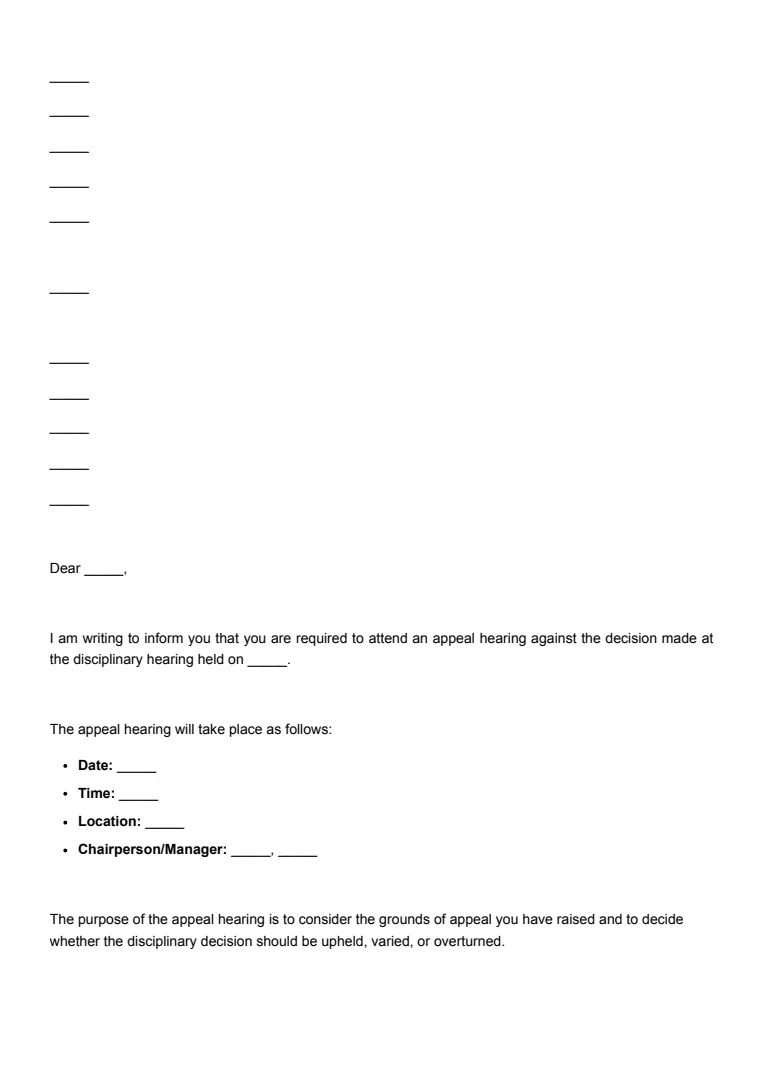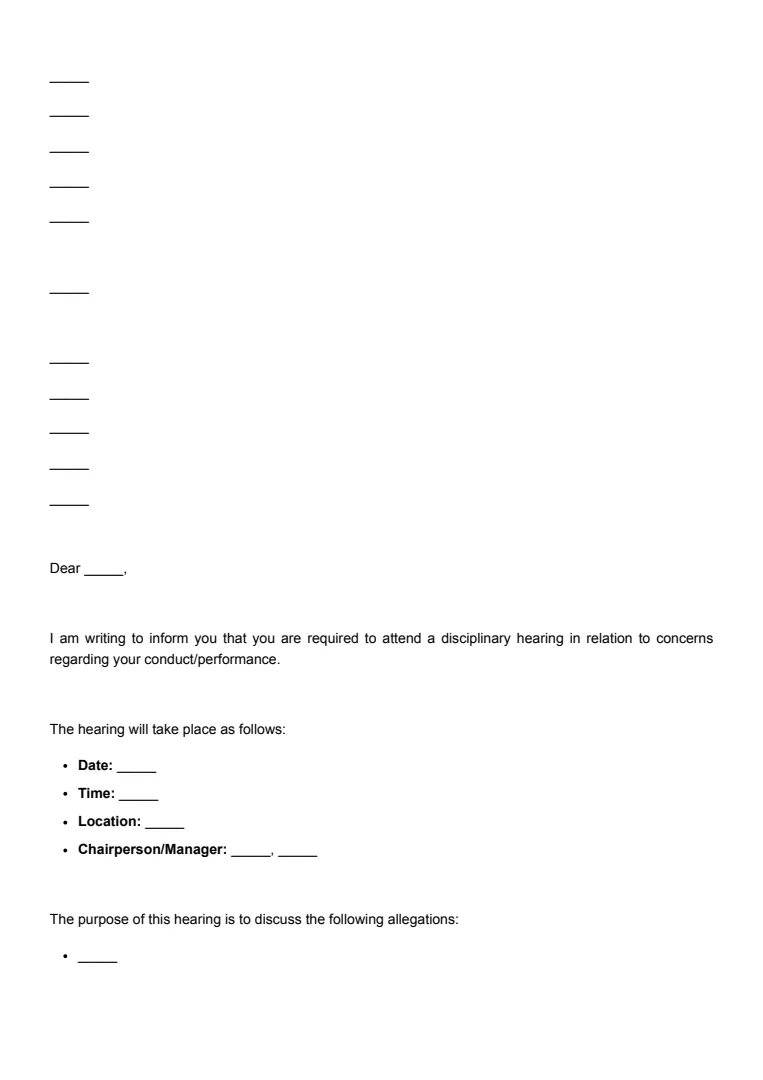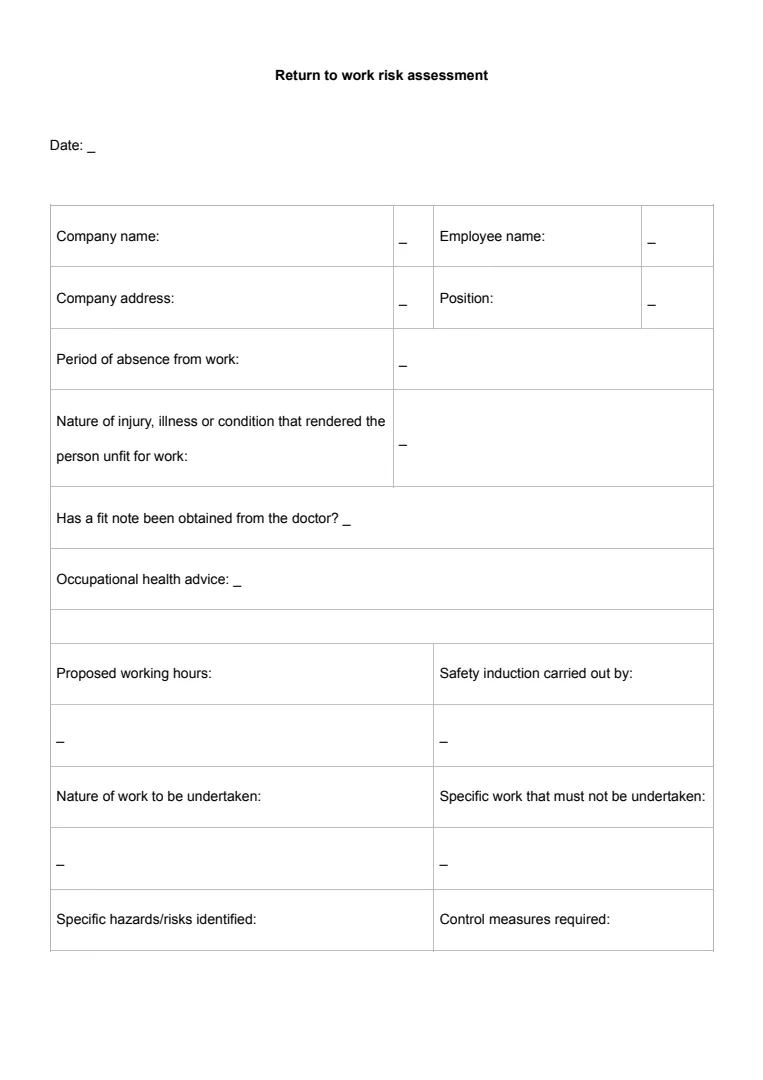What Is a Status Determination Statement?
A status determination statement (SDS) is a key piece of documentation for anyone dealing with IR35 tax legislation. It's essentially a written statement that determines whether a contractor is considered employed or self-employed for tax purposes.
This statement is crucial when assessing the IR35 status of contractors, helping to clarify tax responsibilities.
The decision-maker, usually the end client, is responsible for preparing this statement. They need to carry out an IR35 assessment with reasonable care and then produce the SDS. The assessment should be thorough to ensure accurate classification.
The SDS can be shared as either a document or an email, and the contractor's status must be clearly declared. Here's a quick breakdown of what it generally includes:
- Contractor's particulars
- IR35 status determination
- Reasoning behind the decision
Every large and medium-sized business engaging contractors via an intermediary must issue an SDS. This obligation ensures transparency and fairness concerning tax responsibilities.
So, if you're involved in any contracting work or run a business engaging contractors, it's essential to understand these documents. They play a vital role in providing clarity about employment status and ensuring compliance with tax regulations.
When Is a Status Determination Statement Needed?
A status determination statement (SDS) is crucial when you engage contractors through an intermediary and need to assess their employment status, especially after the IR35 reforms from April 2021. Large and medium-sized businesses must issue an SDS for each contractor.
When you're hiring contractors, determining whether they fall inside or outside IR35 rules is essential. An SDS needs to be prepared whenever you make or change a determination regarding a contractor's status. This ensures compliance with the off-payroll working rules.
If a contractor's status changes following a review of an earlier decision, you'll need to prepare a new status determination statement. This new statement reflects the contractor's current employment situation and ensures transparent communication with the contractor and any relevant third parties, like agencies.
Engaging contractors in the UK means you're responsible for issuing an SDS to the worker and any third parties involved, like recruitment agencies. This statement outlines whether the contractor should be considered an employee or self-employed for tax purposes.
How to Write a Status Determination Statement
Following these steps will help ensure you create a clear IR35 status determination statement.
Step 1: Ensure the Statement is in Writing
The first step is to ensure that the status determination statement is in writing. This could be in the form of an email or a formal document.
The written format is essential as it serves as a record of the decision.
Step 2: Identify All Parties Involved
Next, identify all the parties involved in the supply chain, including names, addresses, and their roles.
It’s important to clearly state whether the contractor is operating through a personal service company or a recruitment agency.
Step 3: Assess the Working Practices
Once you've listed the involved parties, carefully assess the working practices. These should cover elements like substitution, the level of control, and how the work is carried out.
- Substitution refers to the worker’s ability to provide a substitute.
- Control looks at how much autonomy the worker has in how the work is done.
Step 4: Incorporate Due Diligence
Incorporating due diligence is another key aspect. You must gather detailed information on the worker’s status, ensuring that your determination is informed and balanced. This often involves consulting the CEST (Check Employment Status for Tax) tool.
Step 5: Conclude With the Finding
Then, conclude the statement with the finding of the determination. Clearly state whether the role falls within IR35.
If applicable, include a concise rationale for your decision, backing it up with the gathered evidence.
Step 6: Ensure Validity and Clarity
Finally, ensure that the statement reflects a valid status determination. It should be objective, based on concrete evidence, and communicated to all relevant parties.
Always check for accuracy and clarity to meet compliance requirements.
You can use a status determination statement template to help guide you.














